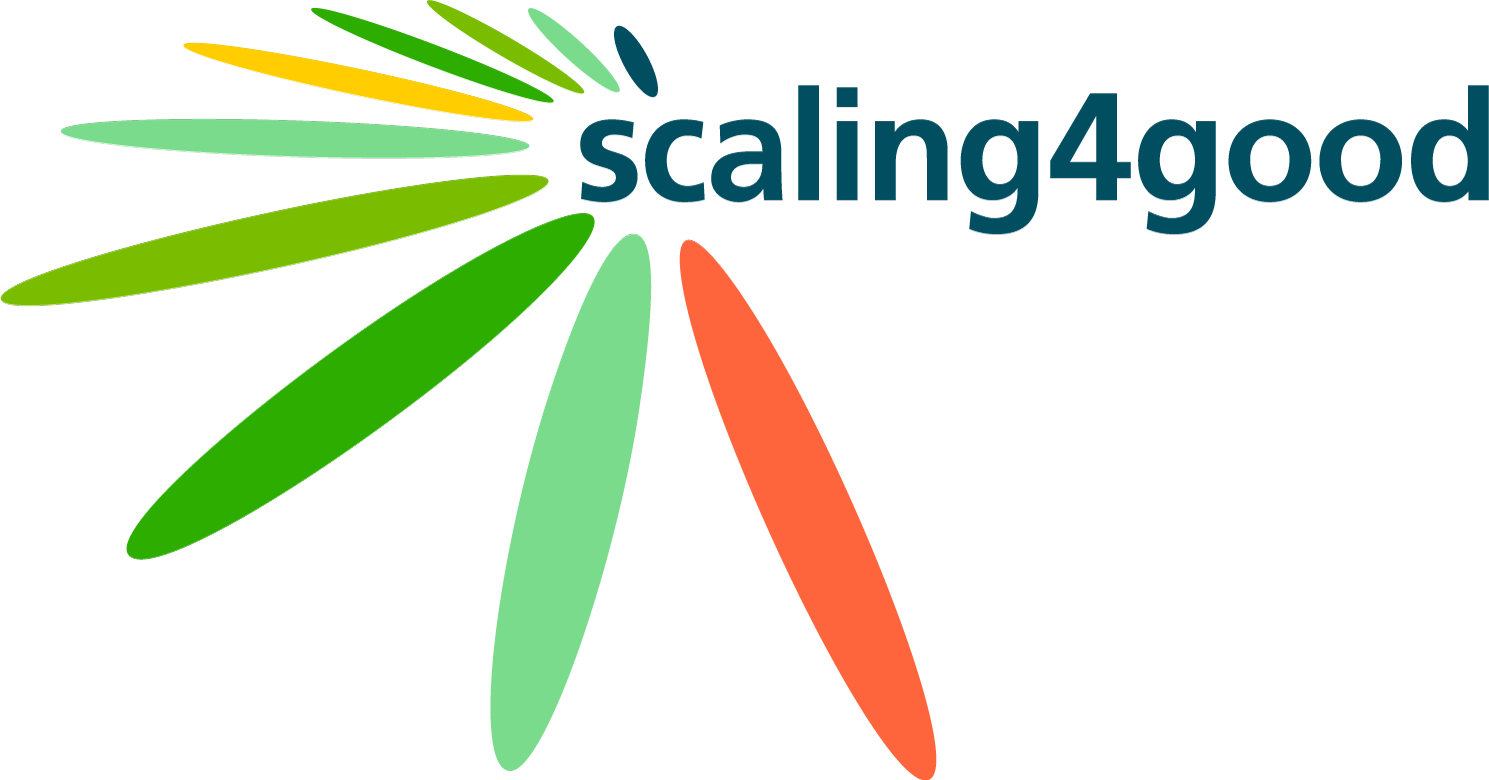“Connecting the dots” is one of the possible routes to accelerated transitions. But what mechanisms, what methods have been tested to speed up the connections?Every transition occurs in a system and any systemic change ambition must involve stakeholders. Thus collaborations are key to reaching impact at scale. We believe that in the aftermath of COP21 scaling through collaborative action is worth revisiting.
Our economic and demographic growth and development have taken humanity on planet Earth on a dangerous path. Keeping our societies on this planet in a safe operating space requires speeding up transitions in several domains, economic, financial, social and in turn speeding up changes in our individual behaviours and lifestyles, in policies and social equity. This can only be achieved through collective action. The aim is to get to the point when the impact created is sufficiently large for irreversible system change to take place irrespective of own activities: the tipping point in social systems.
Connecting the dots means that you increase the speed of scaling which can be a trade-off to the level of control you have on the scaling process (not wanting to imply that you are ever truly in control). It means that you move beyond classical approaches to simply grow your own endeavour like organic (incl. investor backed) company growth, M&A, or franchise but look towards the solutions and capabilities of others.
How to be successful collectively?
We believe that human interventions in a collaborative way are necessary to design and implement the systemic approaches required. This may also mean having to let go of some of the “Heropreneurship” and looking once more not at the “Who” is triggering change but the “Why” and the “How”.
So here are some of what we (inspired by Kania & Kramer) believe to be key success factors when starting any collaborative initiative aiming to achieve impact at scale.
Common agenda: All involved actors must share a common and explicitly agreed vision for change. This has to include a joint understanding of the problem as well as of the theory of change to attain a solution through agreed upon action.
Shared understanding of success: The agreement of a common agenda must include a shared understanding of success and how we will know when we have reached it, thus also the foreseen measurement of success. So next to the outputs and outcomes also the indicators to measure them and the target values must be agreed upon. One standard methodology that can be applied for this purpose is the Social Return on Investment (SROI) methodology.
Trust in oneself and the other: Economic like personal activities work most efficiently if there is trust. In order to being able to trust and to build strong relationships we must connect to ourselves and build trust in our own capabilities to then being able to connect to others and continue on that trajectory. – Although we see many initiatives and organisations where it is tried to mitigate the issue of trust via governance structures, one must acknowledge that these can never be more than a scaffolding as in the end it will always be about people needing to collaborate.
Mutually Reinforcing Activities: The power of the collective comes not from the number of supports but from the concerted and complementary activities only a larger group of actors can undertake. Thus each participant should undertake the specific set of activities at which they excel in a way that is supported and coordinated with the actions of others.
Backbone Support organisation: So here comes the tricky part: Creating and managing collective impact requires often a strong backbone. In the case of a collective impact initiative (see below) this should be a separate organisation staffed with a specific set of skills to support and coordinate the entire initiative. This is still rarely done and typically does not sound sexy to the ones who are building that backbone as they also would like to be on the implementation side and often feel underappreciated by the participating organisations. Also the readiness to pay for the backbone organisation services is typically low. However, to scale successfully and at speed this it absolutely necessary.
Independent of whether one aims to scale up, out, or simply to connect the dots, collaboration is key. Below is a compilation of different forms of collaboration (building on Kania & Kramer) which present an option space outside the usual B2B collaborations.

Before embarking on a scaling initiative you should be clear on what you are looking to scale a program, product, service? A new model? The organization? A set of principles or policy measures? A technology or skill? , some of the other solutions that are already out there and you need to undertake an assessment of both internal readiness and external readiness of change. This includes the energy level of staff and leadership. We will talk separately about the increased risk of social entrepreneurship leaders to go into burnout and what can be done to build up entrepreneurial resilience. After a positive scaling readiness assessment you then look at which type of scaling mechanisms and collaborations are the most promising in terms of success and what to watch out for when setting them up. We hope this blog post will support you.
Stay tuned! Up next will be an article highlighting the approaches to collectively define a theory of change and measures of success!

